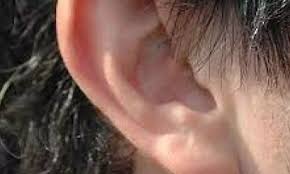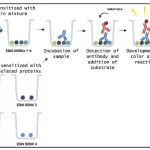In a groundbreaking development, researchers from the Caruso Department of Otolaryngology at the University of Southern California (USC) have introduced a new portable otoscope that could revolutionize ear health diagnostics. This innovative tool, which integrates Optical Coherence Tomography (OCT) with conventional otoscopic technology, offers unprecedented precision in examining the middle ear and eardrum, significantly improving the identification and management of ear diseases.
An otoscope traditionally serves as a fundamental instrument in ear examinations, using a beam of light to visualize the ear canal and the surface of the eardrum. However, its capabilities have been somewhat limited, providing only a cursory view that can miss deeper pathologies. The newly developed OCT otoscope overcomes these limitations by providing high-resolution images of the deeper structures within the ear, offering a comprehensive understanding of the ear’s condition.
As detailed in the Journal of Biomedical Optics, the OCT otoscope was tested in a clinical study involving over a hundred patients at USC’s Keck Hospital. The results were remarkable, revealing pathological characteristics that conventional otoscopes often miss. This includes retraction pockets, subsurface scarring, air pockets, and the healing progress of eardrum perforations. Additionally, the tool has shown promise in monitoring conditions like myringitis and providing detailed insights into the healing processes of various ear conditions.
One of the standout features of this innovative tool is its design, which is tailored for easy integration into existing clinical workflows. The OCT otoscope operates with an intuitive interface controlled by a foot pedal, enabling physicians to capture images seamlessly while maintaining focus on the patient. This user-friendly design ensures that healthcare providers can quickly adopt and utilize the device, enhancing their ability to diagnose ear problems with greater accuracy.
The implications of this development are significant. By offering a more detailed view of the ear’s inner structures, the OCT otoscope can lead to earlier detection of conditions that were previously difficult to diagnose, potentially improving patient outcomes. The enhanced diagnostic capabilities may also reduce the need for more invasive procedures, as the precise imaging can guide more targeted and effective treatments.
This innovation represents a major leap forward in the field of otolaryngology, offering a new standard of care for patients with ear-related issues. As the OCT otoscope becomes more widely adopted, it is poised to transform the way ear health is assessed and managed, leading to better diagnosis, treatment, and overall patient care.











